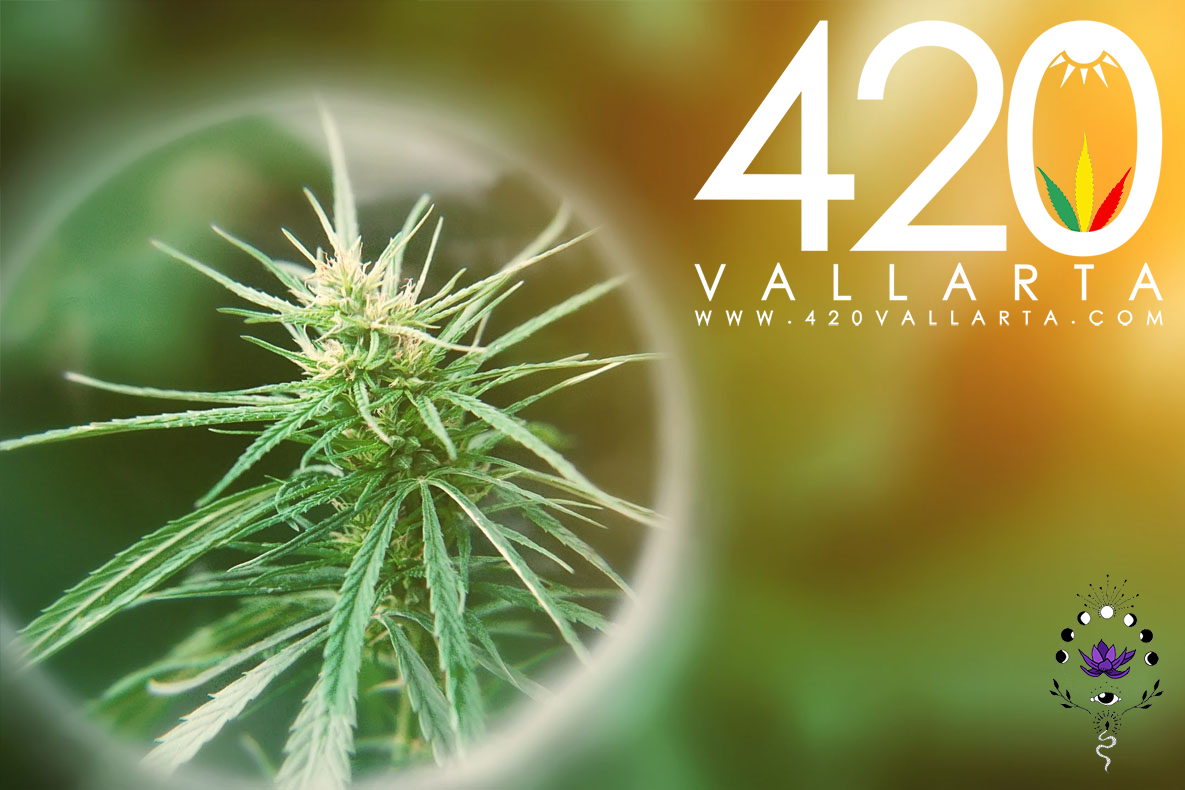420 Puerto Vallarta - Nuevo Vallarta

Indica vs Sativa
Indica vs. Sativa: Know Your Cannabis Subspecies
With more than 1,000 strains of cannabis having been bred during the past several decades, it is critical that patients are aware of the different types of efficacy available to them in terms of cannabis medicine. Some varieties of cannabis are most appropriate for particular diseases and ailments, but not others. Choosing the right strain is critical to ensuring that patients receive the best therapy possible.
Cannabis is a species of flowering herb that is split into three subspecies: Indica, sativa, and ruderalis. Ruderalis plants are small and yield relatively little medicine; what they do provide lacks potency and is generally not appealing to patients. Because of this, ruderalis strains are typically avoided by breeders and cultivators; the focus of the medical cannabis community is on indica and sativa strains.
Indica and sativa plants differ not only in their physiological effects, but also in their appearance. Indica plants are short and stocky, featuring leaves that are broad and “chunky.” Sativa plants tend to be taller and skinnier and may even be lanky in appearance, with leaves that are thin and pointed.
Medical Efficacy
The most important difference between these two subspecies of cannabis, however, is in their medical effects and how they influence energy levels and productivity. Indicas tend to decrease energy and are better for consumption in the evening or at night, after the conclusion of the day’s work and activities. Potent indica strains may give some patients what is called “couchlock,” a condition in which they become so relaxed that they care barely get up from the sofa.
Sativas, on the other hand, are uplifting and cerebral, enhancing creativity and productivity. Indicas provide what has been called a “body high,” while sativas deliver more of a “mind high.” Unfortunately, sativa plants require longer to grow and yield less medicine (flowers) than indica varieties. This is why indica strains have traditionally dominated those available on the black market, where there is no concern for patient need and the sole focus is profit.
The fact that patients are given no choice of subspecies or strain when purchasing from the black market is a major reason it should be avoided. Patients should never trust or consume cannabis medicine without knowing its exact strain and that it was properly grown, dried, cured, and laboratory tested for purity and potential contamination.
Modern cultivators of medical cannabis purposefully breed and grow a wide spectrum of strains within both the indica and sativa categories for the purpose of making available the right medicine for a particular patient’s unique combination of disease, preference, and lifestyle. Often, patients must maintain jobs or family responsibilities that demand a particular energy level and can’t tolerate the sedative properties of many indicas. Other times, patients must seek the most potent non-opiate painkiller possible. Given the choice of chronic pain or the mellowing effects of a strong indica of a particular strain known for its medical benefits, most patients will choose the latter.
Because cultivators and dispensaries are sensitive to the subjective efficacy of particular strains for different patients, they grow and make available as many strains as possible for targeted ailments. Major conditions of focus include HIV/AIDS, cancer, fibromyalgia, glaucoma, Parkinson’s, all types of arthritis, and epilepsy, among many others.
In terms of particular ailments, sativa strains tend to be better for psychological disorders like depression, PTSD, and anxiety. Indicas are often the best for pain and inflammation and, thus, are beneficial for patients with arthritis, fibromyalgia, and cancer. However, because so many diseases are accompanied by side effects like depression and insomnia, a patient must consider treating both their core disease and also its daily symptoms. In the end, each patient will favor multiple strains that will likely fall within the categories of sativa, hybrid, and indica.
When it comes to aroma, indica strains tend to emit musty, earthy, and skunky odors, while sativas smell sweet, fruity, or spicy. This difference in aroma is the result of terpenes, the molecules within the plant that are cousins to cannabinoids like THC and CBD. While these chemicals provide sometimes stunningly pungent odors, their greatest benefit to patients is actually their medicinal efficacy.
Support us on
Facebook
Twitter
Instagram
YouTube
Pinterest
You can also reach us by email
info@420vallarta.com


